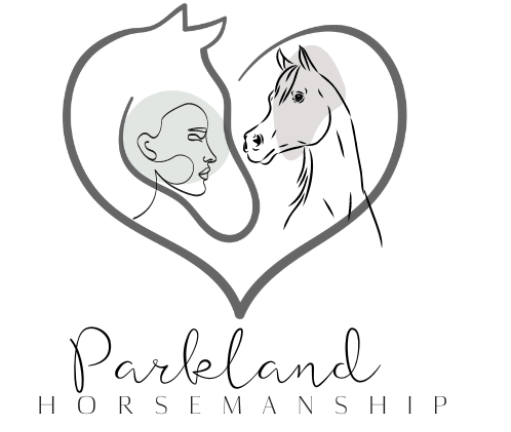Mia Sloan, 11, who has Down syndrome and has been participating in Equine Assisted Learning since she was four, is much more confident these days, according to Clarissa Leary – her mother.
Research on equine therapy shows that children with autism show notable improvement across multiple areas, including social communication. Most notable changes involve an enhanced sense of purpose and meaning in life.
The Physical Interaction
Working with horses gives children an excellent way to practice nonverbal communication and learn social cues in a safe environment, while simultaneously honing assertiveness, initiative and engagement within positive relationships with horses.
Attracting external sources to help strengthen children with autism’s sense of identity and build self-esteem are important. Grooming activities and caring for a horse provide them with an outlet that will create bonds of friendship while building their sense of worth.
An outdoor setting, soft furry animal touches and spending quality time in nature all help children reduce stress levels, which is important for learning because being stressed reduces brain capacity to process sensory information and interpret nonverbal cues.
The Emotional Interaction
Grooming horses allows children to form an emotional connection with these majestic animals while learning communication, patience and self-control skills while exercising motor coordination and socialization skills while working as part of a team to get them ready.
Children quickly learn that horses do not judge them for misbehaving or having tantrums; instead they understand these are expressions of how the child feels. With time, children learn to control their emotions and develop a sense of purpose through equine assisted therapy which reduces depression and feelings of isolation.
As prey animals, horses are adept at reading body language and picking up on intentions and emotions in people they interact with – this allows them to feel secure when dealing with strangers; when their behaviour goes against what their instinct tells them about another individual they can become uncomfortable or nervous.
The Social Interaction
Children with autism typically struggle to build social skills and understand others’ emotions, while lacking self-control or being unable to effectively express their needs and wants. By engaging in activities with horses, these children learn trustworthiness while developing assertiveness as well as practicing emotional regulation.
During their session, participants also work to form bonds with animals, learning how their actions influence animal behaviors. This helps them understand cause-and-effect relationships between actions taken and outcomes seen, while developing healthier relationships overall.
Working with horses gives participants a sense of purpose and accomplishment. By grooming, feeding, and caring for the horses they gain responsibility while creating an incredible sense of achievement which they can carry with them throughout their daily lives – something which helps reduce depression and loneliness associated with autism disorders – an integral aspect of equine assisted therapy for this disorder.
The Verbal Interaction
Practice nonverbal communication with horses can be extremely helpful in building confidence for children with autism. Furthermore, practicing these interactions helps them learn and practice empathy towards other people by diverting focus away from themselves – self-defeating thoughts or negative, sad emotions – toward safe interactions with horses and their therapists.
Equine Assisted Learning activities promote social interactions and foster an atmosphere of natural community. Equine assisted Learning helps children demonstrate initiation, assertiveness and direction – supporting them to better express their needs and feelings to other people while building trust for more positive relationships.
Studies have demonstrated the benefits of equine activities on behavior in those living with Autism Spectrum Disorder both short- and long-term, yet must be continued consistently to achieve maximum impact and result. Sessions should continue for at least one month to maximize treatment effects.

